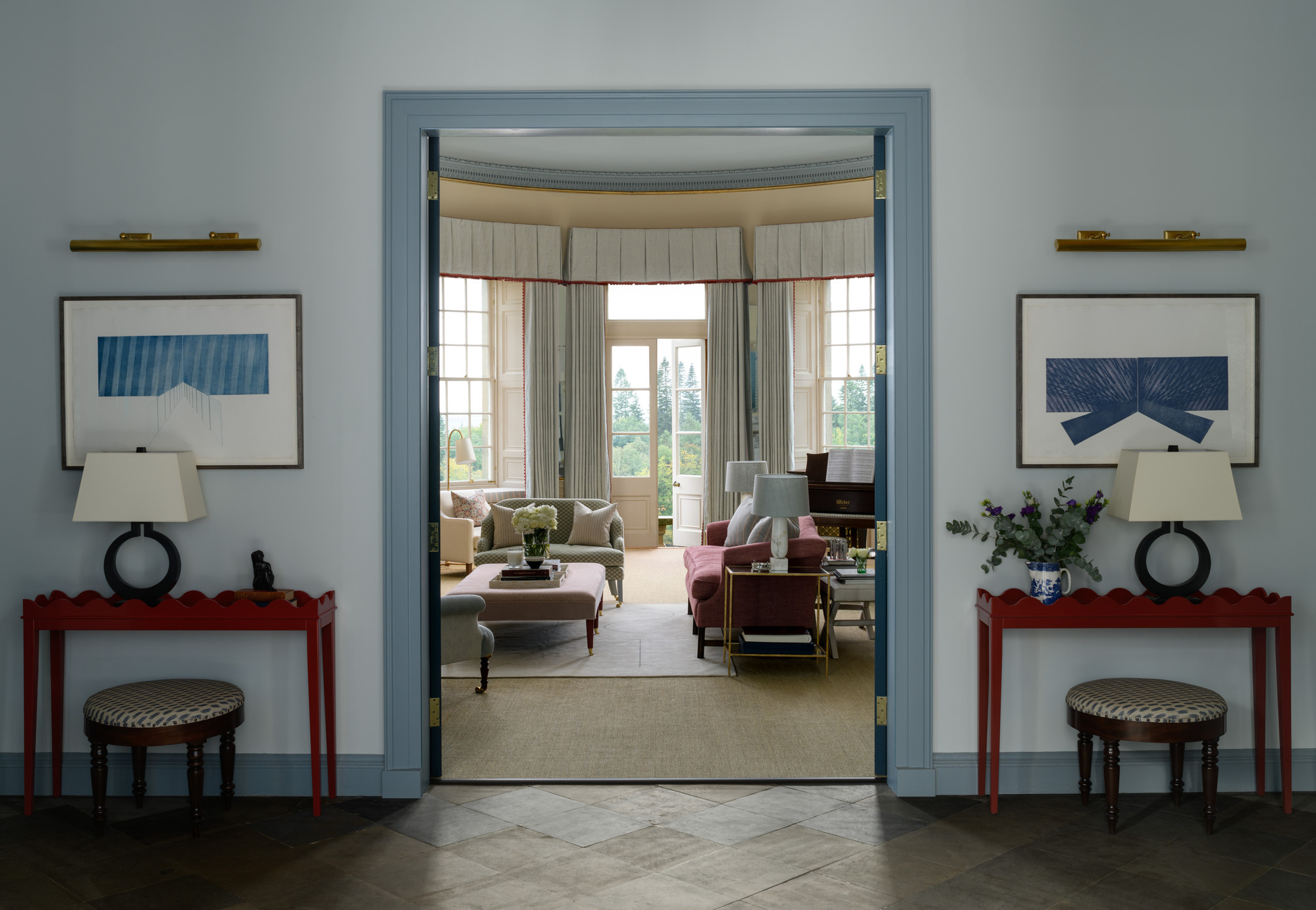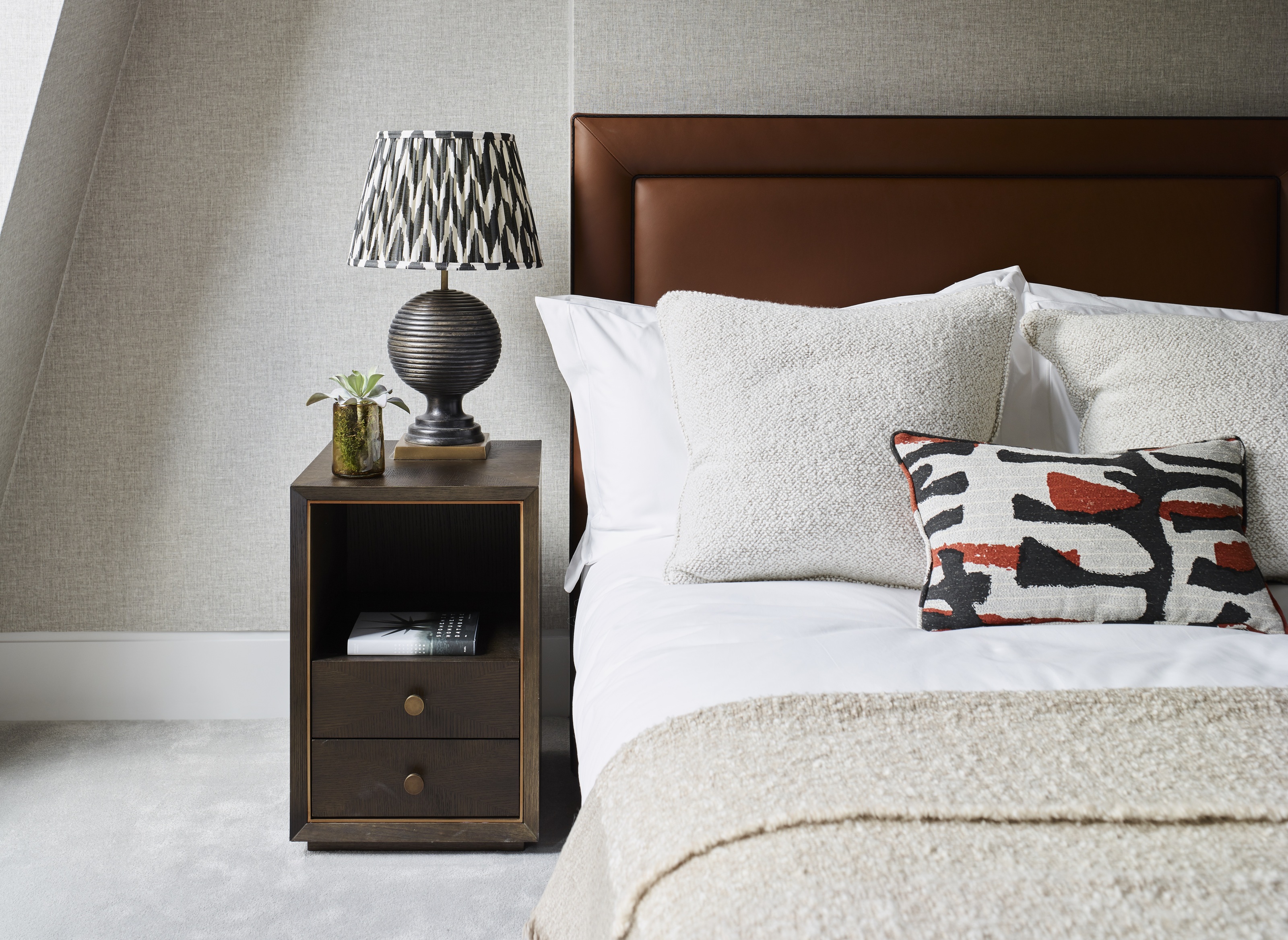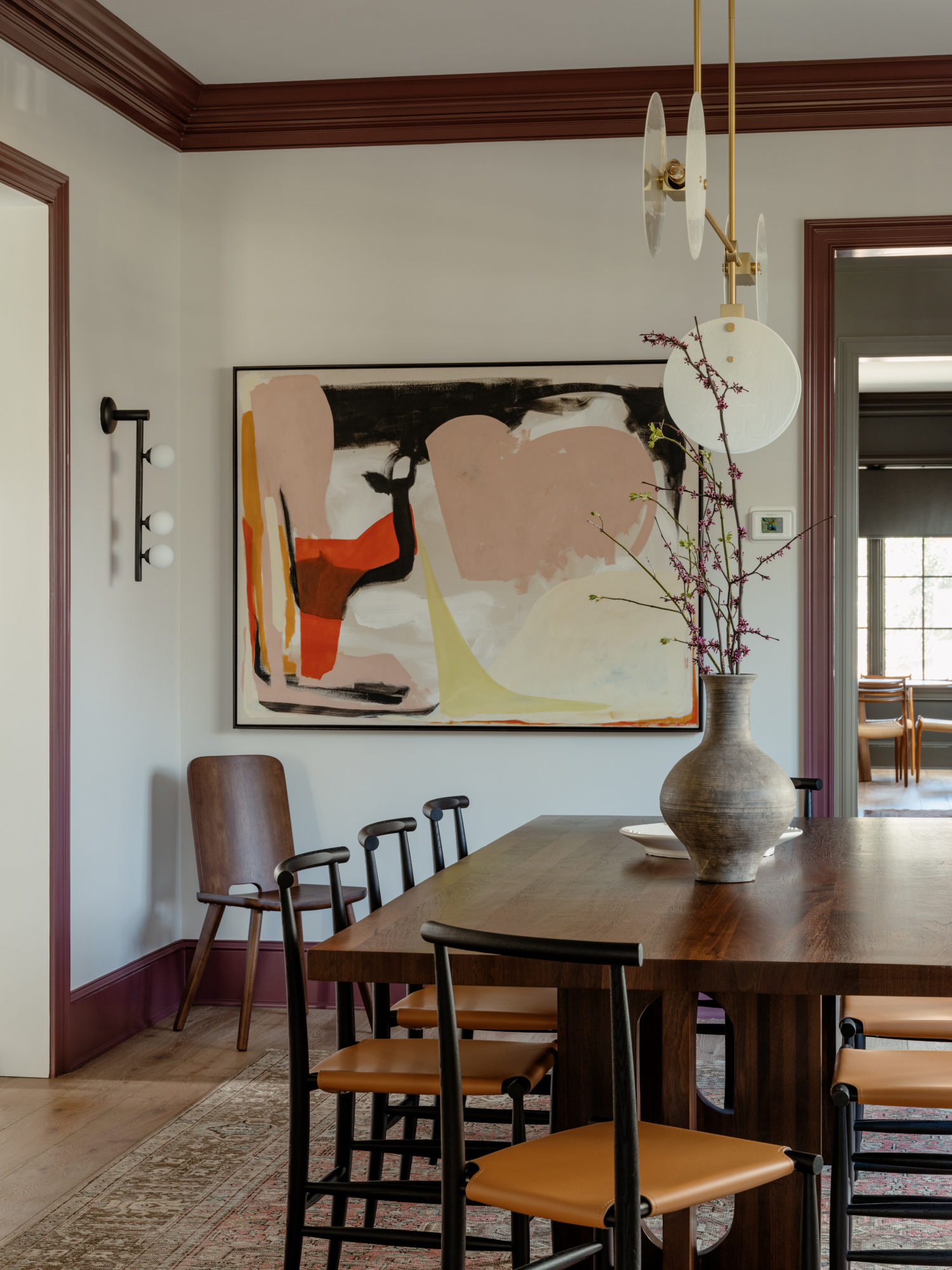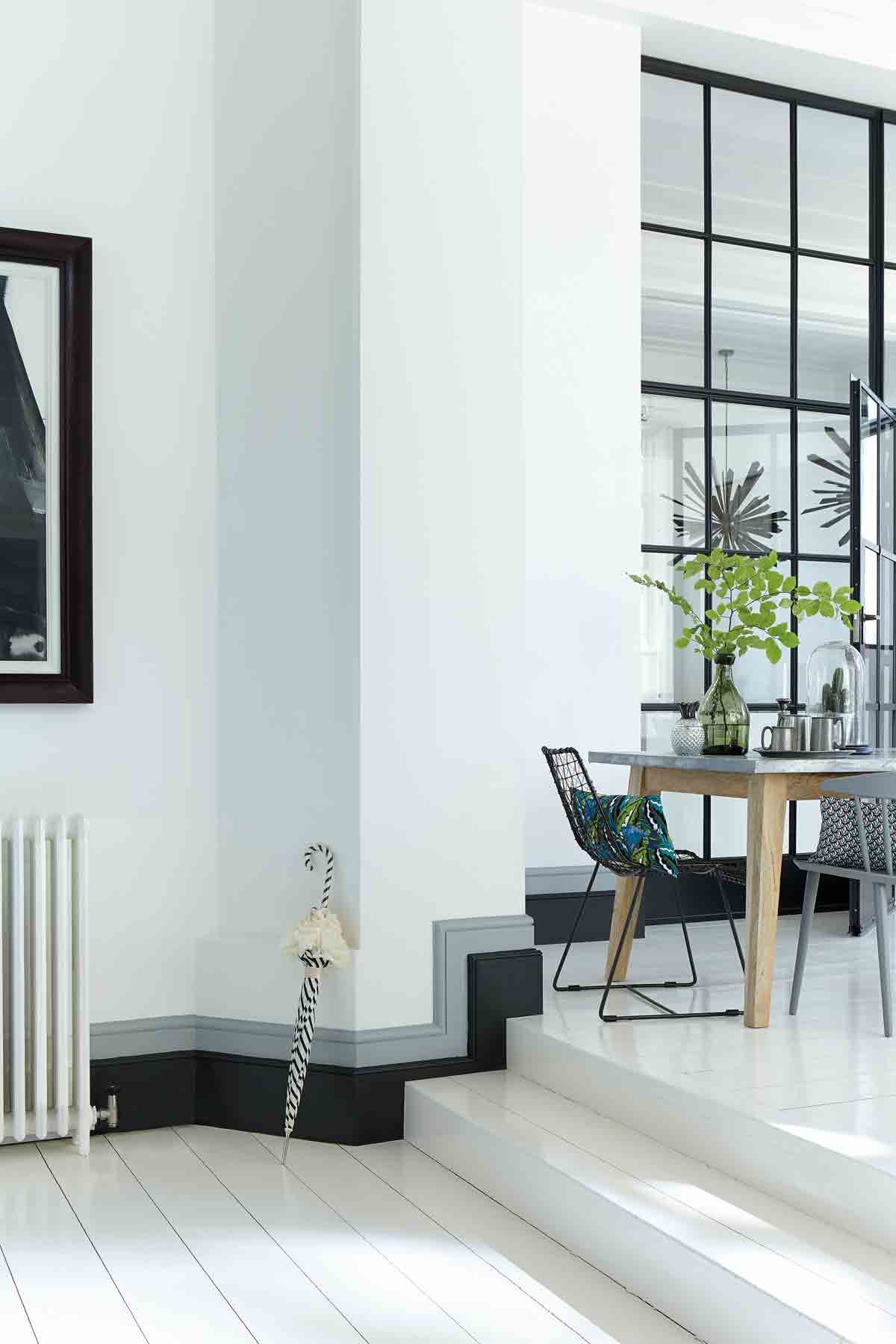
The worst part about painting your walls is tackling the pesky baseboards. It’s all relatively smooth sailing from the off, until you realize your roller and brushes still won’t do the trick when it comes to keeping paint away from your flooring.
Well, it needn't be the most dreaded part of how to paint a room any longer. Here, we spoke to painting experts to learn the best tips and tricks for a precise job that won't end in paint splodges across your carpet or floorboards. And if you haven’t previously considered passing a lick of paint over them before, the insights from these painting professionals might give you a change of heart.
What is a baseboard?

'A baseboard refers to the wood trim that runs between the floor and interior wall of a room’, says interior designer Elana Mendelson. The trim can vary in size, shape, and color but most typically stands under six inches high in a rectangular form made of unpainted or white wood. When it comes to how to paint trim, the neutral default for baseboards helps them to blend into any standard home or serve as an approachable canvas for renovation, but they look great when painted in pops of color too for a bold paint idea.
According to Anthony Kulikowski of Five Star Painting (a Neighborly Company), distressed-looking baseboards can bring down the overall appeal of someone’s home environment. 'Distressed baseboards can make your home look cheaper or simply not well kept,’ says Anthony. ‘Going the extra step to refresh baseboards makes it look like you truly care about the appearance of all aspects of your home, including the small details.' Some tell-tale signs that your baseboards are overdue maintenance include chipped paint, dents, cracks, an excess of dirt, or pulling away from the wall.
Why are baseboards difficult to paint?

There are many reasons why baseboards are considered a troublesome area to paint. Anthony notes that baseboards ‘are harder to paint than other areas of the home due to being so close to the floor, meaning your floor will need protecting, and painting at such a low height can be difficult. Painting baseboards also requires a lot of detail work.' This means you'll have to take extra care if you're painting baseboards with carpeting flooring.
Stephanie Lindsey, interior designer at Etch Design Group, adds: ‘Baseboards typically have a different sheen or finish than the walls and floor of a room, so it can be tricky to match this and not get the baseboard paint on the walls or floor. If the baseboards are stained wood, renovation can require more work as the baseboards will have to be sanded before painting.’
After taking time to decide what color or finish you wish to opt for – something new or just another neutral coat to refresh the baseboard area – it’s vital to gather the necessary supplies for a job well done: cleaning supplies, dent filler, primer, your paint of choice, brushes and/or rollers, painter’s tape, and something like a sheet to protect your flooring from any paint splashes.
How do your prep your baseboards for painting?

The same steps for how to paint a wall apply to your baseboards, too/ As the saying goes, ‘fail to prepare, prepare to fail’, so before picking up that brush you need to give your baseboards a good prime and a wipe down. Begin by moving any furniture out of the way of the baseboard you plan to paint and inspect the board for damages such as dents or cracks. Paint won’t succeed in covering up damages long-term – it’s best to address these problem areas and repair them with a filler after cleaning the baseboard.
‘You should clean the baseboard so there is no dust or dirt remnants,’ says Anthony. ‘Then, put down a tarp to protect your flooring and stick painter’s tape along the edges of the baseboards to prevent the paint from going anywhere that isn’t the board. Finally, apply a coat of primer after allowing the repairs to dry.’
Using a mixture of soap and water is recommended to clean your boards if they are only home to light dirt. For stained, tough to tackle areas, vinegar or a magic eraser may be beneficial.
How do you paint a baseboard?
You are now ready to get down to painting your baseboard. A paintbrush will take longer to apply paint over the area but it's a better option for beginners as it allows you to have more control over where the paint is going.
Shelby Van Daley of Austin-based studio Daley Home goes into detail on which kinds of paints are perfect for your baseboards. ‘You should use a performance paint in satin, gloss, or high gloss finish,’ she says. ‘Apply at least two coats of paint to get an even finish. We prefer using a paint brush but some painters spray baseboards as a way to ensure an even coat.'
Color choices are endless and ultimately up to you but if you’re looking for something subtle Shelby recommends picking a color that's either a shade or two lighter than your walls for a bright contrast, or painting your baseboards the same color as the room’s walls for a soft blended look. For a contrasted, colorful look, some of the best trim colors are green, red, and yellow.







